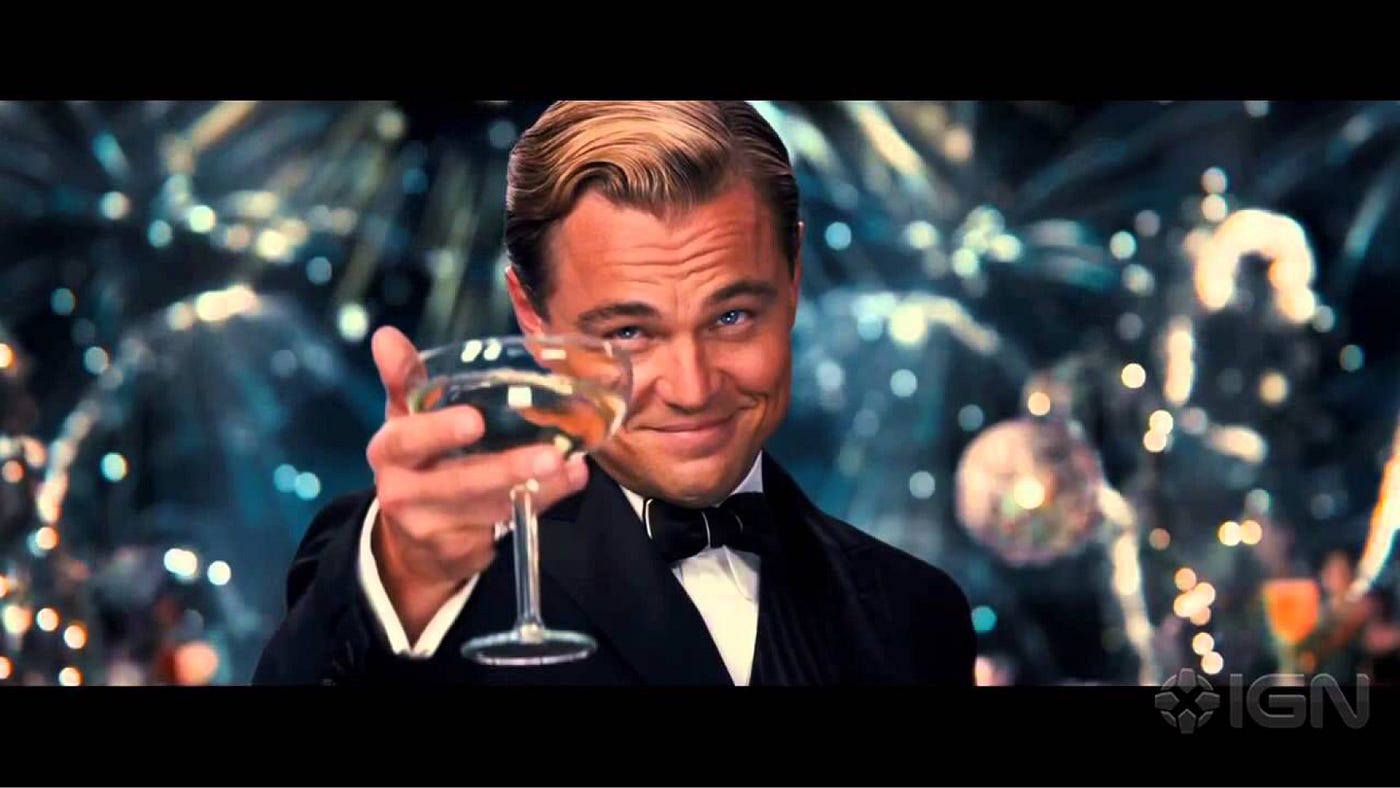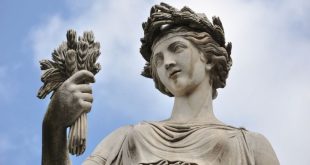The Corruption of the American Dream Description: The Great Gatsby is depicted through the themes of wealth and materialism. Wealth is at the heart of The Great Gatsby, but is it the key to happiness? F. Scott Fitzgerald’s novel explores the contrast between wealth and materialism, showing how pursuing money can lead to luxury and emptiness.
Throughout the novel, characters like Jay Gatsby, Tom Buchanan, and Daisy Buchanan represent different aspects of wealth—some inherit it, some chase it, and others are controlled by it. But in the end, Fitzgerald suggests that wealth alone cannot bring true happiness. This article examines how The Great Gatsby portrays wealth and materialism, exploring the consequences of money-driven ambitions. The Corruption of the American Dream Description: the Great Gatsby has been explored in detail.

The Corruption of the American Dream Description: The Great Gatsby
Old Money vs. New Money: A Clash of Wealth
One of the novel’s central conflicts is the divide between Old Money and New Money:
- Old Money (Tom and Daisy Buchanan) represents inherited wealth, privilege, and social stability. The Buchanans live in East Egg, where the wealthy elite enjoy luxury without effort.
- New Money (Jay Gatsby) represents self-made wealth and ambition. Gatsby, who lives in West Egg, has built his fortune to impress Daisy, but he is never truly accepted by the Old Money elite.
This divide highlights the rigid class structure of the 1920s, where wealth alone does not guarantee social acceptance.
Materialism as a Measure of Success
In The Great Gatsby, material possessions symbolize social status and success.
- Gatsby’s lavish mansion, extravagant parties, and flashy clothes are all attempts to prove his worth.
- Tom and Daisy, however, take their wealth for granted. To them, material possessions are just a part of life, not something they need to work for.
This contrast shows how materialism defines success in different ways. For Gatsby, material possessions are a means to an end—winning Daisy’s love. For the Buchanans, they are simply a part of their inherited privilege.
Does Wealth Bring Happiness?
Gatsby believes that money can buy love—he spends years accumulating wealth in the hope of winning Daisy back. But in reality:
- Daisy is drawn to Gatsby’s wealth, yet she chooses to stay with Tom.
- Despite all his riches, Gatsby dies alone, showing that money cannot buy happiness.
Meanwhile, the wealthy elite live empty, careless lives, proving that material wealth does not equal fulfillment.
The Corrupting Influence of Money
Money in The Great Gatsby is not just a tool for luxury—it also leads to moral decay:
- Tom and Daisy’s carelessness: They cause destruction but face no consequences.
- Gatsby’s illegal dealings: He earns his fortune through questionable means, showing the desperation to achieve wealth at any cost.
- The Valley of Ashes: A desolate wasteland that represents the poor, forgotten by the wealthy elite.
This corruption highlights how the pursuit of material wealth often leads to moral compromise.
Daisy Buchanan: Caught Between Love and Wealth
Daisy’s character embodies the conflict between romantic love and financial security.
- She loves Gatsby, but she cannot abandon the comfort of Tom’s wealth.
- Her decision to stay with Tom shows that she values stability over passion.
Daisy’s struggle reflects the central theme of the novel—wealth is often prioritized over genuine human connection.
The American Dream: Wealth vs. Fulfillment
Gatsby represents the American Dream, but his story reveals its flaws.
- He believes that success and wealth will bring him happiness, but he never truly achieves his dream.
- The American Dream, as portrayed in the novel, is corrupted by materialism, where money becomes more important than values.
In the end, Gatsby’s dream is an illusion, much like the belief that wealth guarantees fulfillment.
Fitzgerald’s Critique of Materialism
Fitzgerald uses The Great Gatsby to critique the obsession with wealth:
- The novel shows how money leads to corruption, recklessness, and ultimately, tragedy.
- Characters who chase wealth for happiness—like Gatsby—end up disillusioned.
- The wealthy elite, who already have money, live empty lives, proving that materialism does not lead to true satisfaction.
By the end of the novel, it is clear that wealth is not the solution to life’s problems, but often the cause of them.
FAQs
- What is the difference between wealth and materialism in The Great Gatsby?
Wealth refers to financial status, while materialism is the obsession with material possessions. The novel critiques how materialism leads to emptiness.
- Why is Gatsby obsessed with wealth?
Gatsby believes that wealth will help him win Daisy’s love and achieve the American Dream.
- How does Fitzgerald portray the wealthy elite?
He presents them as careless, indifferent, and morally corrupt, suggesting that wealth does not bring virtue.
- What does the Valley of Ashes symbolize?
It represents the forgotten poor, showing the contrast between wealth and poverty.
- How does Daisy’s choice reflect the novel’s theme?
She chooses financial security over love, proving that wealth often dictates life’s decisions.
- What is Fitzgerald’s message about wealth?
He critiques the belief that money leads to happiness, showing how it leads to moral and emotional emptiness instead.
Concluding Remarks:
The Great Gatsby: The Corruption of the American Dream
The Great Gatsby presents a world where wealth and materialism dominate, but they fail to bring true fulfillment. Gatsby’s dream, built on material success, ultimately collapses. Meanwhile, the wealthy elite live shallow, reckless lives, proving that financial riches do not equate to happiness.
Fitzgerald’s message is clear: money may provide luxury, but it cannot buy love, morality, or true satisfaction. In a society obsessed with wealth, the pursuit of materialism often leads to emptiness rather than success.
Useful Resources:
When Are Pearls Mentioned in The Great Gatsby
How Were the Poor in The Great Gatsby Portrayed?



